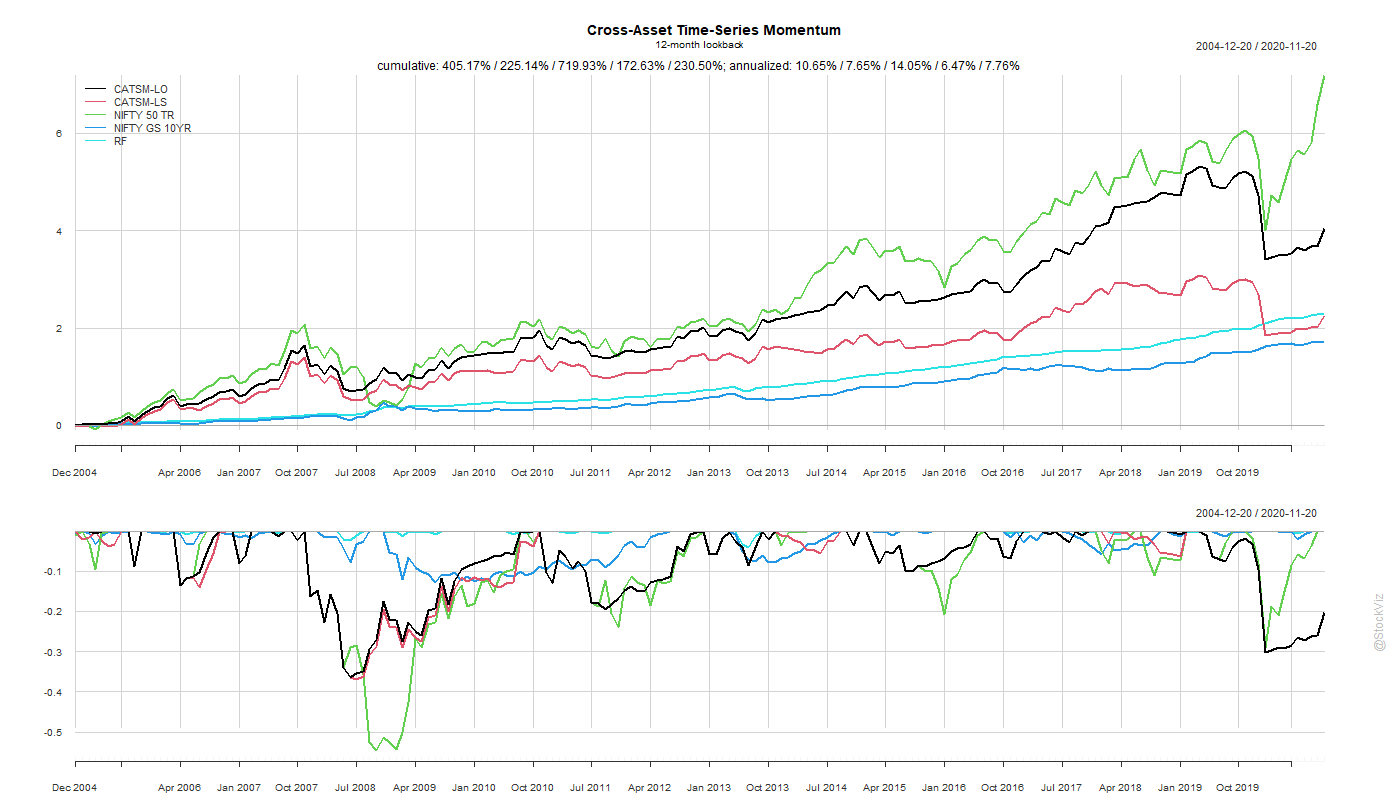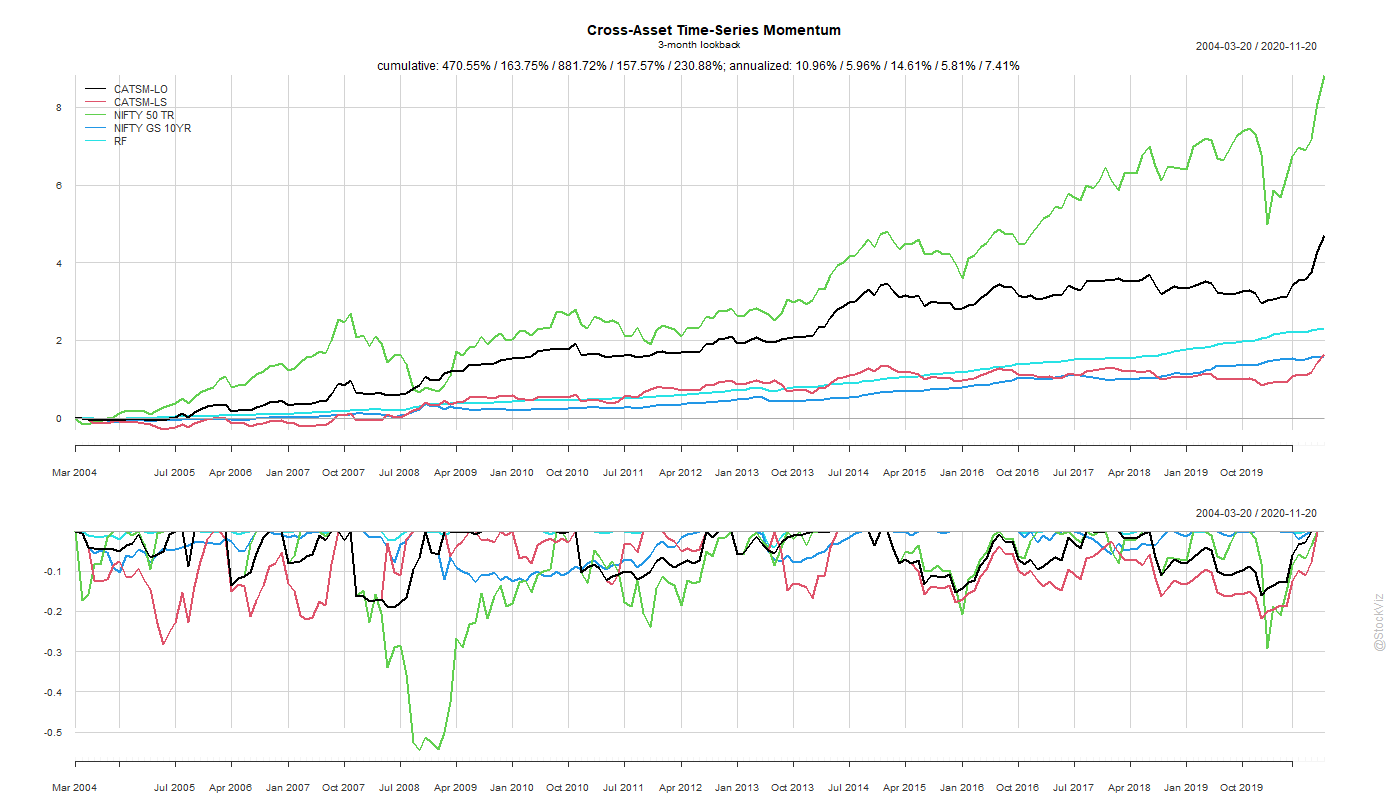an infinitely divisible digital collectible
The Problem
When faced with a cash-crunch, whether due to wars or natural calamities, the first instinct of governments since time immemorial has been to debase their currency.
Take the Roman empire, for example. The major silver coin used during the first 220 years of the empire was the denarius. During the first days of the Empire, these coins were of high purity, holding about 4.5 grams of pure silver.
However, with a finite supply of silver and gold entering the empire, Roman spending was limited by the amount of denarii that could be minted.
This made financing the pet-projects of emperors challenging. How was the newest war, thermae, palace, or circus to be paid for?
Roman officials found a way to work around this. By decreasing the purity of their coinage, they were able to make more “silver” coins with the same face value. With more coins in circulation, the government could spend more. And so, the content of silver dropped over the years.
By the time of Marcus Aurelius, the denarius was only about 75% silver. Caracalla tried a different method of debasement. He introduced the “double denarius”, which was worth 2x the denarius in face value. However, it had only the weight of 1.5 denarii. By the time of Gallienus, the coins had barely 5% silver. Each coin was a bronze core with a thin coating of silver. The shine quickly wore off to reveal the poor quality underneath.
By 265 AD, when there was only 0.5% silver left in a denarius, prices skyrocketed 1,000% across the Roman Empire.
Traditionally, citizens of a country have limited options to escape a government hell bent on debasing their own currency. They could buy gold, but the government can find ways to restrict how much gold one could own. For instance, the US restricted gold ownership for over 40 years claiming that “hoarding” of gold was stalling economic growth and worsened the depression. In some left-leaning countries, people default to using the US Dollar as a store of value. But often, like in the case of Argentina in 2001, the government can freeze bank accounts and restrict withdrawal of hard currency. One could try to accumulate hard assets, like land, for example. However, real-estate is not portable and can always be sized by the government, like India in the 1950’s and South Africa in the mid-2000’s.
Each of these traditional assets have trade-offs.
Gold: cannot be used for electronic payments. But everybody knows its price and is a trusted store of value.
US Dollar: centralized clearing either through SWIFT or ACH means the US Government can shut you off at any time. But it is a widely accepted medium of exchange (world trade is denominated in it.)
Hard assets: not portable, one-of-a-kind, tough to value and transact with a high liquidity premium. But is known to hold its value through inflationary environments.
Bitcoin was designed to overcome most of these problems.
The Solution
Bitcoin is meant to be a decentralized, fixed-supply, infinitely divisible, digital currency.
Decentralized: there is no central ledger or clearing-house for bitcoin transactions. All bitcoin transactions are written on a blockchain. To win the right to write to the blockchain, miners compete and if they win, are awarded bitcoins. Anyone can become a miner, so transactions are settled by a distributed network of miners that does not require a central authority.
Fixed-supply: there can be only 21 million bitcoins in total. This makes it impossible to be debased like regular currencies.
Infinitely divisible: bitcoin’s smallest unit is called a “satoshi.” It represents one hundred millionth of a bitcoin, or 0.00000001 BTC ($0.00035 USD, at current price.)
Digital: you access your bitcoins through a unique 34-character key. There is no other identifier tying you to your bitcoins. You can use many such keys to send, accept, and store your bitcoins anywhere in the world.
A shared illusion
As far as I can tell, money is a shared illusion. We have a lot of beliefs in various systems, whether it’s the universe or government or organized religion, that serve more of an existential function to give us a sense that there is some order in the world. A big part of money’s function is the ability to help us measure things in an understandable way. – Adam Waytz, Kellogg School of Management
Money is whatever a group of people can agree on that is
a store of value
a medium of exchange
a unit of account
It is not necessary to use a government-issued currency (fiat) to achieve these ends. However, since taxes can only be paid in fiat and the government can use violence to extract the taxes owed, it is often convenient to keep using it.
It is no wonder that even though the technical pieces of bitcoin have been around since the mid 90’s, it took the shock of the 2008 Global Financial Crisis to breathe life into it. With widespread panic, bank runs, countries at the brink of default, and evaporating faith in the global financial system, the time was ripe for an alternative to emerge.
An elegant solution to a well defined problem… with trade-offs
From a technical point of view, bitcoin does what it says on the tin. And the code that drives all of it is public. There are no surprises. But every solution has tradeoffs. Bitcoin’s biggest trade-off is that settling transactions is extremely slow and expensive.
There is no hard limit to how long bitcoin transactions can take to be confirmed. It can take anywhere between 10 minutes and over a day. The two biggest influences on the confirmation time are the amount of transaction fees and the activity on the network. This is not something that can be used for micro-payments, like buying a cup of coffee. But this is only one part of the problem.
New bitcoins enter circulation as block rewards, produced by miners who use expensive electronic equipment to earn or mine them. Every 210,000 blocks, or roughly every four years, the total number of bitcoin that miners can potentially win is halved. But the consequence of this dropping block reward is that eventually, it will dwindle to nothing.
In a few decades when the reward gets too small, the transaction fee will become the main compensation for nodes. I’m sure that in 20 years there will either be very large transaction volume or no volume. – Nakamoto
When you learn that the total annual energy consumption of the Bitcoin network is comparable to the power consumption of Chile, you’ll immediately understand why this is a problem.
This makes #2 of what makes something money questionable in the context of bitcoin. If you can’t use something to transact for everyday needs, is it really money?
Volatility kills accountants
The volatility of Bitcoin is roughly three times higher than that of most country currencies. Compared to a currency pair like USDCAD or USDEUR, which barely breaches 2% (10-Day) volatility even during the Great Financial Crisis, Bitcoin at its lowest volatility is lucky to be below 2%. And this is true even if you compare it with other least-developed country currencies.

The problem with this kind of volatility is that if you own bitcoin denominated assets, what is it worth? This makes the #3 reason of using something as money questionable in the context of bitcoin.
Bitcoin is more like art, less like money
Picasso’s Les femmes d’Alger was sold for $179.4 million in May 2015.
What makes a piece of art valuable? It just sits there and does nothing. So, like bitcoin, it obviously has no intrinsic value. And, like bitcoin, supply is usually capped because the artist is usually long gone. Also, like bitcoin, there is an ecosystem around art comprising of auction houses, galleries and museums that promote a shared myth.
The #2 and #3 use-cases of money is barely met by bitcoin. But bitcoin fits nicely into the art metaphor. With two big differences.
Art, unlike bitcoin, is not divisible. This means that the price of a piece of art is capped by how much someone is willing and able to pay for it. Bitcoin has no such constraint. If someone with $10 buys a fraction of bitcoin for $50,000, then that price gets printed.
Bitcoin is completely digital. Bitcoin represents digital scarcity, which, before Bitcoin, had almost no solutions. Before bitcoin, only things in the real-world were not “copy-pasteable.”
This makes bitcoin an infinitely divisible digital collectible.
We leave you, dear reader, with these thoughts and a recording of our fascinating conversation with someone who is working on a PhD in crypto-currencies and who also happens to be a dear friend of mine. Enjoy!
Sources:
Currency and the Collapse of the Roman Empire
Money: The myth we all believe in
How Long Do Bitcoin Transactions Take?
Bitcoin Energy Consumption Index
Why Bitcoin Has a Volatile Value
Evolution of bitcoin: Volatility comparisons with least developed countries’ currencies









